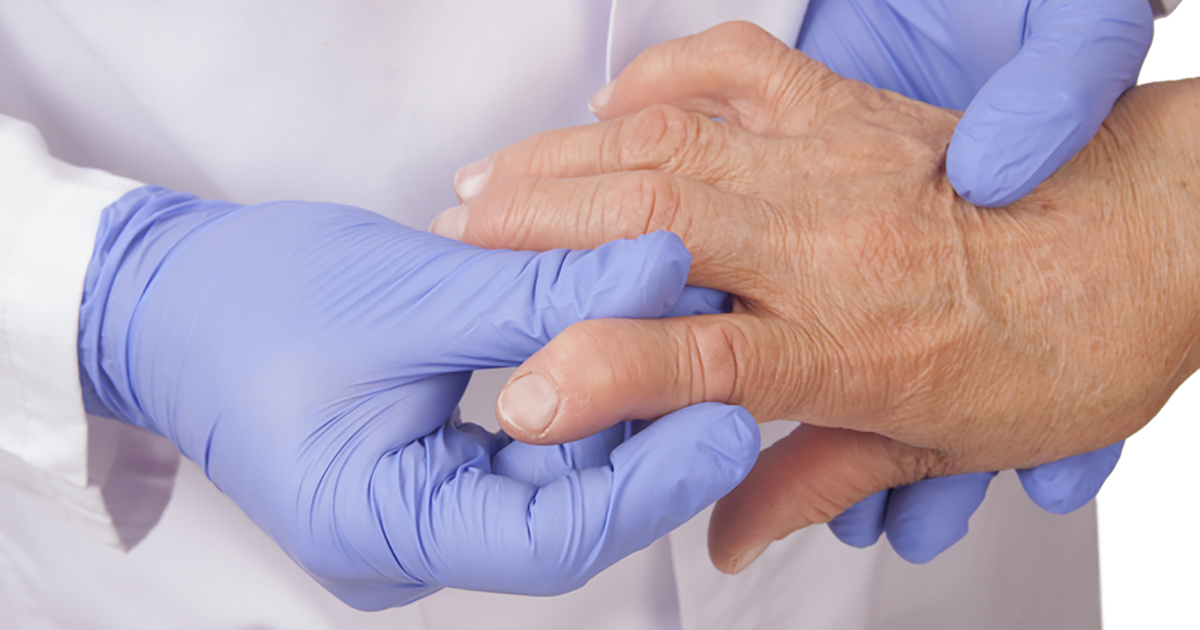Causes And Risk Factors Of De Quervain's Tenosynovitis
De Quervain's tenosynovitis is a painful disorder that affects the tendons on the thumb side of an individual's wrist. The condition makes it painful to grasp objects, turn the wrist, or make a fist. It is most notably marked by pain and swelling near the proximal end of the thumb, but the longer the condition is left without treatment, the more the pain will spread. The pain can spread up the thumb, down the arm, or in both directions. It is a relatively common condition that can be treated with medications, physical therapy, and surgery if it has progressed too much to be controlled noninvasively. It is best to see a doctor after at-home remedies, such as not using the area in pain, using an ice pack, and taking anti-inflammatory medication, fail. Reveal de Quervain's tenosynovitis causes and risk factors now.
Strain Injury To Specific Muscles

De Quervain's tenosynovitis affects two tendons, the extensor pollicis brevis (EPB) and the adductor pollicis longus (APL), that move the thumb. To get to the thumb, they must pass through a tunnel-like structure at the distal end of the radius. Although the tunnel is lined with a fluid called tenosynovium, sometimes the fluid fails to let the tendons slide easily. When this occurs, the muscles that pull on the tendons are subjected to strain. This strain injury to specific muscles can cause the pain and inflammation commonly associated with de Quervain's tenosynovitis. The strain can also damage the tendons and muscles, which may cause the damage to be replaced by scar tissue. Scar tissue limits the mobility and elasticity of the tendons, which also can contribute to the symptoms. Ultimately, strains to the muscles is a major contributing factor to de Quervain's tenosynovitis.
Get to know the next contributor to this condition now.
Inflammatory Conditions

Inflammatory conditions contribute to the development of de Quervain's tenosynovitis in a few diverse ways. The first is through a condition like arthritis, which is an inflammation of one or more joints. Near the thumb, there are many different joints. For example, the distal radioulnar joint is found close to where the extensor pollicis brevis and adductor pollicis longus travel to the thumb. There are also many joints between the carpal bones of the wrist. When these joints become inflamed, they may place too much pressure on the EPB and the APL, making their movement more strained. If this continues for a long time, the condition will become de Quervain's tenosynovitis. Sometimes, the EPB and the APL themselves become inflamed, or the tenosynovium becomes thickened. Both of these will cause the tendons to have a harder time moving, leading to de Quervain's tenosynovitis.
Discover more of the risk factors and causes of de Quervain's tenosynovitis now.
Repetitive Tasks

De Quervain's tenosynovitis can be caused, in part, by repetitive tasks. Tasks like this may include typing at a keyboard for most of the day, using the thumb to grasp objects repeatedly, or other tasks that require repeated thumb motions. These tasks work sort of like a strain injury. The repetition pulls the muscles too much, taking away some of the time they need to regain their energy. Not enough oxygen will reach the muscles before they run out of energy molecules, so they will be strained. When this happens, pain will begin to radiate from the extensor pollicis brevis and adductor pollicis longus. If a person does not give the thumb time to rest, then the condition will worsen. This is usually what happens with tasks like the ones described above. Without having enough time to recover, the damage will eventually cause the individual to develop de Quervain's tenosynovitis.
Uncover another de Quervain's tenosynovitis risk factor now.
Above Forty Years Old

For reasons not fully understood, individuals above forty years old have an incredibly elevated risk of developing de Quervain's tenosynovitis. There are many potential reasons, so only a few will be focused on. One potential reason is older individuals may not have adequate blood flow to the area. As individuals age, the circulatory system weakens depending on activity levels. With a weaker system, the body will ensure blood gets to the vital organs before it reaches parts an individual can live without. Another possibility is individuals over forty have a decreased ability to perform aerobic cellular respiration. This would mean they do not make enough energy for the muscles to continuously and repetitively move the thumb, contributing to strain. Finally, individuals older than forty may just be at risk for experiencing the effects of years of repetitive strain injuries. The injuries may not be noticed until extensive damage has been done and de Quervain's tenosynovitis symptoms begin to present.
Get to know more symptoms of de Quervain's tenosynovitis.
Females At Increased Risk

Like individuals older than forty, females at an increased risk for de Quervain's tenosynovitis is an incompletely understood phenomenon. There is a more prominent theory about this risk factor though. Females have an increased level of estrogen for biological reasons. Found near the thumb are receptors referred to as beta estrogen receptors. Estrogen can bind to these receptors, and the effects have been found to be inflammatory. One of the causes of de Quervain's tenosynovitis is inflammation. To add to this, in both males and females, the number of beta estrogen receptors increases with age. This may also help to explain why the condition predominantly affects females who are over forty years old. Of course, research is still being done to determine the truth of these current findings.